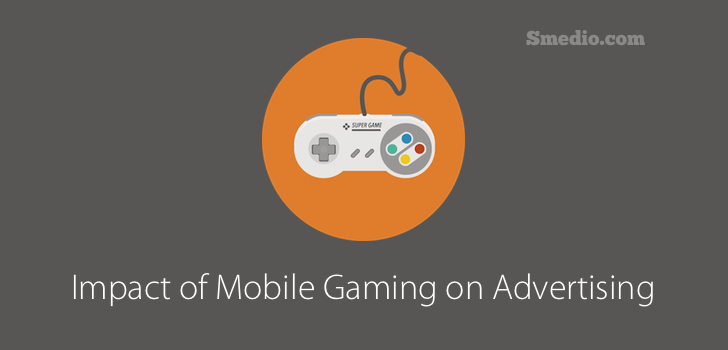What does mobile gaming mean for advertisers? Advertising relies on a fairly fundamental principle: put your product where the eyes are. No matter how good a product or service may be, if people don’t know about it, then it might as well not exist at all. Many good products have failed to live up to their potential due to poor advertising (and it’s probably true that many more inferior products have found great success through the power of advertising alone). This principle explains why, increasingly, advertisers are starting to look at mobile gaming. There were 144 million mobile gamers in the United States last year, and this number is expected to continue rising. Suffice to say, that’s a lot of eyes.
Mobile Gaming: No Longer Just for Your Facebook Friends
If you’re not a gamer yourself, or it’s been awhile since you’ve been into the app store to look for new titles, you may not appreciate just how advanced, in-depth, and engaging mobile gaming has become. Thanks to continuing research and development from companies like Qualcomm, which makes Snapdragon’s top mobile processor, smartphones and tablets have become something of gaming juggernauts. Titles like Call of Duty and Need for Speed, formerly games that could only be found on consoles for $50 or more, have made the jump to mobile platforms at a fraction of the cost. Of course, one of the true advantages to advertising on mobile is that many more titles are available for absolutely free – and these game developers need to recoup their costs somehow. Enter advertisers who want to boost their digital marketing efforts.
Mobile offers a terrific platform for advertisers for a number of reasons. Chief among them, of course, is their prevalence. Everyone plays mobile games, from women and children to teenagers and grown men alike. Though specific titles may only apply to a certain demographic, mobile gaming on the whole, like television, appeals to all four quadrants of the buying public: men and women, minors and adults. A company that doesn’t tap into this collective of consumers is potentially missing out (and likely not taking full advantage of its advertising channels). But as is the case with most things in life, it isn’t quite that easy. Advertisers have to know how to advertise on mobile – or risk turning off the very people they’re looking to attract.
Crafting the Right Message Can Mean Success or Failure
It is important for marketers to remember that mobile games are not television shows. There is no precedent or expectation for commercials, and users are engaged in an active relationship with their device, not a passive one. What this means for the advertiser is: tread lightly. For mobile marketing to be successful, a company must get its message across in an intuitive and natural way – not necessarily a disruptive one. In even plainer terms, advertisers need to understand mobile, and what it is they have to offer to the mobile consumer. Does your business have a clear plan in place?
In the world of mobile marketing, there are many metrics to analyze and myths to parse through. It’s important that advertisers make an effort to judge their return on investment in terms of actual dollars recouped. Impressions, user engagement, and click-throughs are fine, of course, and generally speaking, it’s better to have more than less, but are those impressions driving sales? If not, it’s time to rethink your strategy. The pervasive nature of mobile gaming means that it’s easy to put a product in front of a lot of eyes – which is great. What can be harder to control is which eyes are seeing those product impressions – and in many ways, the quality of impressions is more important than the quantity of impressions.
Do You Advertise? If So, Mobile is the New Normal
Mobile advertising is here to stay, and it isn’t limited to Web. If your business is seeking a platform or audience for its products and services, you could do worse than consider mobile gaming. After all, it’s hard to argue with a marketing audience that comprises half of the country’s population – and that’s only taking American users into account.
[et_social_share]









